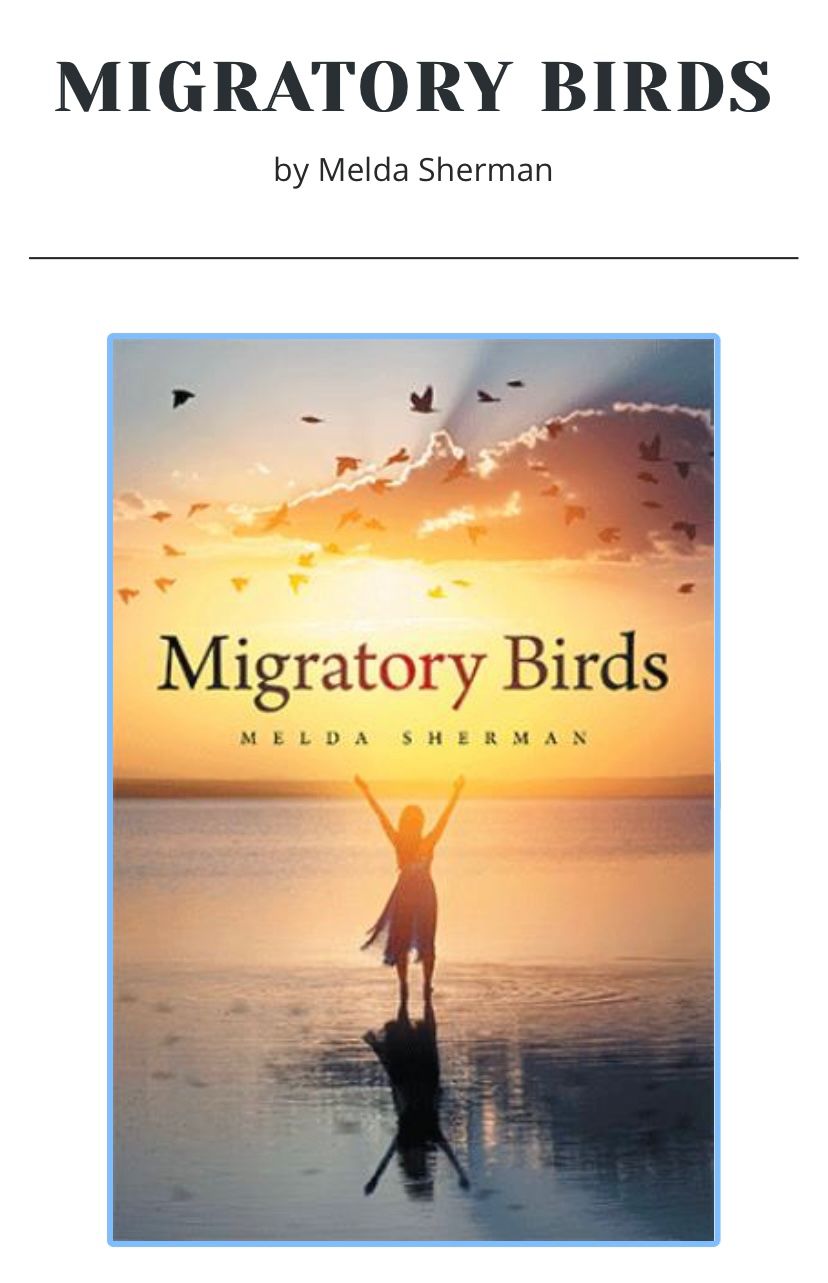Take a moment to think about the last time you felt joy. Did you smile broadly, laugh out loud, or quietly savor the moment? The answer likely depends on where you are from. In Latin America or people with Latin cultures, emotions are often expressed openly. Joy is loud, grief is shared, and anger can be temperamental but fleeting. This openness comes from a collective culture, where emotional expression strengthens bonds. In contrast, in East Asia, emotions are more covered or more silent. Societies like Japan and China value harmony, often prioritizing emotional restraint to maintain social balance. A Japanese person might feel the same joy or anger as someone in Brazil, but their cultural norms encourage them to express it differently, or not at all.
Even within Europe, differences are visible. In Southern Europe like Italy or Spain, passionate expressions of both happiness and frustration are common. In Northern Europe, no matter if positive or negative emotions, emotional restraint is more the norm. What is also very interesting, is that the Turkish culture, with its strong emphasis on family, transforms grief into a shared ceremonial experience. On the opposite, individualistic cultures might see pain or grief as a private affair.

Words We Cannot Translate
Languages often represent what a culture values most about emotions. Did you know that according to Doi (1971), there is a Japanese word “Amae”, that describes the feeling of completely relying on someone else’s care and understanding? It is the kind of emotional vulnerability that many Western cultures don’t have a single word for. Similarly, in Portuguese, “Saudade” as described by Agostinho (2021), expresses a deep, bittersweet longing for someone or something, a feeling that is as nostalgic as it is beautiful. These unique words remind us that while emotions are universal, their interpretation and importance are shaped by cultural values and norms.
Why does this matter? Understanding the interplay between culture and emotion is not just interesting, it is essential. In a globalized world, we get into people from different emotional regions daily. Recognizing that someone’s silence might mean respect, not disinterest, or that their laughter might be a sign of nervousness rather than amusement, can bridge gaps in communication and can deepen connections. Emotions may be universal, but how we experience them is as different as humanity itself. By exploring these differences, we learn not only about others but also about ourselves. The next time you feel joy, sadness, or anger, take a moment to wonder: Is this truly my emotion, or is it how I have been taught to feel it?

The Science of Emotional Regulation
While culture shapes how emotions are expressed, psychology provides an insight into how we manage them internally. James Gross’ model of emotion regulation (1998) is a fascinating framework that explains how we influence which emotions we experience, when we experience them, and how we express them. Gross identifies two primary strategies: antecedent-focused regulation, which occurs before an emotion fully develops, and response-focused regulation, which happens after the emotion arises. For example, in a tense meeting, you might use antecedent-focused strategies like reappraisal, and reframing the situation to see it in a less threatening way. Alternatively, response-focused regulation might involve suppressing outward signs of frustration to maintain professionalism. What is remarkable, is how these strategies vary across cultures. In collectivist societies, where harmony is indispensable, people might decide to go for suppression to avoid conflict. In contrast, individualistic cultures may be against it, as personal expression is highly valued. Gross’ model not only explains individual emotional management but also offers a perspective through which we can understand cross-cultural emotional differences (Gross, 1998).
References:
Doi, T. (1971). The anatomy of dependence. Kodansha International.
Agostinho, M. E. (2021). Emotion as Collective Identity: the case of Portuguese Saudade. Academia Letters.
Gross, J.J. (1998). The emerging field of emotion regulation: An integrative review. Review of General Psychology, 2(3), 271-299. https://doi.org/10.1037/1089-2680.2.3.271
Selina Demir
E-Mail: selinademir.aut@gmail.com
Instagram: selina.demr


